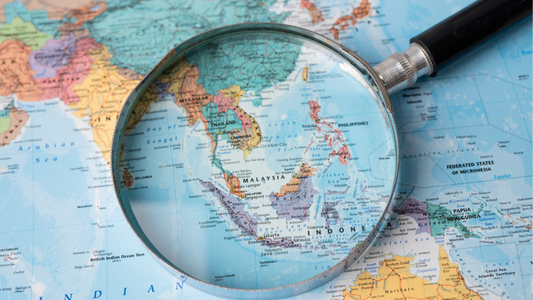In Southeast Asia's healthcare landscape, a complex challenges ensnares both practitioners and patients alike. Despite of many efforts, fragmentation remains a formidable foe, hindering the region's quest for unified healthcare excellence.
From interoperability woes to regulatory hurdles, the journey toward seamless healthcare delivery is fraught with obstacles. Let's unravel these pain points, explore their ramifications on healthcare practitioners, and chart a course toward transformative solutions.
Fragmented Infrastructure
Healthcare in Southeast Asia is like a messy room – nothing's quite organized. Different parts of the system don't talk to each other well, making it hard for doctors to get all the information they need about a patient. This slows things down and can even make care less safe.
Information Silos
Imagine if your phone contacts were split into different apps that didn't talk to each other. That's how it is with patient information. Doctors often can't see the full picture because important details are stuck in different systems. This makes it tough to give the best care.
Regulatory Hurdles
In Southeast Asia, each country has its own set of healthcare rules. It's like trying to play a game with different rulebooks. This makes it hard for new ideas and technologies to spread. Doctors spend a lot of time jumping through hoops instead of helping patients.
Limited Access to Specialized Care
Ever had to travel far for a doctor's appointment? In some parts of Southeast Asia, finding specialized care is like searching for a needle in a haystack. This means patients wait longer for help, and doctors have to work extra hard to serve everyone.
Workforce Shortages
There aren't enough doctors and nurses to go around in Southeast Asia. Imagine if you had to juggle ten tasks at once – that's how it feels for healthcare workers. They're stretched thin, which can mean longer waits and less attention for patients.
Inadequate Digital Literacy
Even though we have fancy gadgets, not everyone knows how to use them in healthcare. Doctors might have cool tools but not know how to make the most of them. This slows things down and makes it harder to give personalized care.
Financial Constraints
Healthcare costs keep going up, but there's not always enough money to go around. Think of it like trying to budget for groceries but never having quite enough. Doctors have to make tough choices, and sometimes patients miss out on needed care.
Cultural and Linguistic Diversity
In Southeast Asia, people speak many different languages and come from diverse backgrounds. This can make it hard for doctors and patients to understand each other. Imagine trying to explain your symptoms in a language you barely know – it's tough!
Infrastructure Vulnerabilities
Natural disasters can really mess up healthcare. Imagine if a storm knocked out power at your hospital – chaos! Southeast Asia needs better plans for when things go wrong to keep healthcare running smoothly.
Inequitable Distribution of Resources
In some places, there's plenty of healthcare to go around. But in others, it's like trying to share a sandwich with too many people. This unfair distribution means some folks get great care while others struggle to find any at all.
Southeast Asia's healthcare system is like a puzzle missing a few key pieces. But by tackling these problems and finding simple solutions, we can make things better for everyone. Solving Healthcare fragmentation requires and entire Healthcare spectrum, It's all about working together, using new ideas, and making sure everyone gets the care they need.







